Historical overview of Senegalese music
By Amadou Bator Dieng
Historical overview of Senegalese music from its beginnings in the 1960s until today Le groupe Baobab
Le groupe Baobab
When one is asked to write about the history of modern Senegalese music, one is generally expected to produce a piece about Mbalax, the most widely known Senegalese music genre, as its omnipresence and impact are important on the local music scene. But Senegalese music goes beyond Mbalax. It is multifaceted and has been subjected to various influences. It also has gone through several highs and lows through time.
The influence of Cuban musicModern Senegalese music really took off in the 1960s. As most of its African counterparts, Senegal was then a newly independent country. The music of that era was strongly influenced by Latin vibes. Indeed, Cuban musicians playing in New York’s night-clubs were adding brass and percussions to jazz and blues. It was the beginning of salsa. Senegal musicians were trying to emulate this new style. They sang mostly in Spanish and named their bands after American music and cities. Tropical Jazz, Guinea Jazz, Harlem Jazz, Star Band were among the local top bands.
Around the same time, Ibra Kassé, a music promoter who relocated home after many years spent in France, opened ‘Le Miami’- a night-club that played a major role for music development in Senegal. Artists like Laba Sosseh, Pape Seck, Rudy Gomis, Balla Sidibé, Barthélemy Attisso, Thione Seck, Pape Fall and Youssou N'Dour have all played with the resident night-club’s band, ‘Le Star Band’. All the cited artists made an impact on the emergent Senegalese music.
In the early 1970s, the president of Senegal, renowned poet Leopold Sédar Senghor, expressed the need to create a band that would reflect the local life and culture, and entertain the country’s official guests. Le Baobab was then created. The band included Barthélemy Attisso, Balla Sidibé, Rudy Gomis, Médoune Diallo and Issa Cissokho. Laye Mboup, a famous traditional singer and member of the well-known Daniel Sorano Theatre, joined the band in the 1980s.
The local music scene at that time was still heavily influenced by the Cuban style. Senegalese music did not exist yet as a recognizable genre. The instruments used by most bands were modern instruments. In the 1970s, a group called Number One started using traditional instruments in their performances. Although their songs remained largely influenced by Cuban rhythms, this marks the beginning of a musical genre unique to Senegal. Orchestras like Baobab and Star Band were still popular. Senegalese music did not have an international dimension yet, although music specialists and Latin music enthusiasts enjoyed this new Senegalese flavor. Recordings took place in Paris and Abidjan, which were then the capitals of African music.
The birth of the music genre called MbalaxThe trend of introducing traditional instruments such as percussions and talking-drums continued in the late 1970s. This was the period when Mbalax started to emerge. Senegalese musicians started incorporating new sounds under the influence of orchestras like Étoile de Dakar (later rebranded as Super Étoile), Number One, Baobab Orchestra among others. The orchestras popularized a mix of salsa accompanied by typical Senegalese percussion. Other groups such as Super Diamono made popular a mix of English pop, jazz and local sound. The style of Super Diamono’s Aziz Seck on percussion (he used to play local drums called sabars) will have a lasting influence on musical groups.
At the same time, the groups Touré Kunda (originally from Casamance) and Xalam (with the great Souleymane Faye) emerged. These two prominent bands are considered to be at the forefront of what would become the typical Senegalese music. Their music is inclusive and incorporates all of the Senegalese traditional sounds from north to south, and east to west. Their exile in France influenced their music. In the early 1980s, people started using concepts such as ‘world music’ to describe, from a western point of view, music from places like Africa or Asia with an international appeal. Touré Kunda, along with groups like Kassav’, from the French Antilles are considered to be pioneers of this trend. Thanks to those artists, Senegalese music became known on the international scene. Laba Sosseh and Touré Kunda were the first Senegalese artists to win golden discs.
During that time, Super Diamono orchestra became increasingly influent on the local scene where Super Étoile had reigned for a long time. Their style was labelled Mbalax. Percussion is central to this musical genre and instruments such as organs, guitars and brass are also very important. A strong influence of Fela Kuti can be heard, which gives it a more ‘African’ feel.
Mbalax establishes itself on the music sceneThe 1980s were very important years because they mark a major shift in the evolution of Senegalese music. During this era, the majority of orchestras with Cuban influences had disappeared. Adama Faye, a talented pianist and arranger, influenced the local music industry by providing a more local and sophisticated sound.
Finally, Mbalax had emerged as the typical Senegalese genre, although the local elite didn’t buy into it immediately, considering it a style for the masses. Youssou N'Dour helped to change this perception. By the beginning of the 1990s, Mbalax had been welcomed into every household. Although some Senegalese singers such as Ismael Lô, Baaba Maal and Youssou N'Dour enjoy success both at home and internationally, Mbalax struggled to impose itself among other international genres. For instance, Youssou N'Dour’s most successful album on an international scale is The Guide (1994) that includes the famous hit ‘Seven Seconds’, which belongs more to the world music genre than to Mbalax.
The end of 1990s marked the establishment of the Mbalax genre in Senegalese music. However, singers like Youssou N'Dour often released a double version of their albums to appeal to an international audience: a Mbalax version destined to local audiences and a ‘World Music’ one to cater for an international audience. Baaba Maal, a native of Northern Senegal, had been composing more universal rhythms than Mbalax long before his counterparts.
Unfortunately, Mbalax has never managed to really establish itself successfully on the international scene. However, when Senegalese music is more diversified and includes the country’s different cultural influences, it becomes more appealing to an international public.
This lack of interest (from the international audience) would continue in the 2000s. A group like Lemzo Diamono attempted a revolution with its famous “marimbalax”, but it didn’t last. They tried to revive the Mbalax sound by using keyboards to imitate the sounds of traditional instruments such as the balafon.
Current trends
Today, artists such as Cheikh Lô, Yoro Ndiaye, Viviane N'Dour, Moh Dediouf are trying to produce music that is marketable both at home and abroad. But once again, it is working mainly for the salsa genre. In the 1990s and 2000s, two legendary groups reconnected with success. They are Baobab and Africando (orchestras composed of old Baobab and Star Band members). Senegalese music arguably needs a new Adama Faye that will "revolutionize" the local music all over again. Singers like Pape Diouf, Titi, Adiouza Aida Samb, Abdou Guité Seck have talent and access to studios and infrastructure. However, they are facing a triple crisis: the financial crisis, the crisis faced by the recording industry in general, and a lack of creativity which make it difficult to get noticed by producers.
In the coming years, musicians and industry professionals will face the challenges of keeping our talented musicians and finding good producers with flair. It will also be necessary to find the right managers and promoters. Sadly, Senegalese musicians no longer tour across the region to perform huge concerts like they used to do in the 1980s or 90s. There is also a need to find new talents like DJs and cultural managers with a passion for music, like Amadou Ba, late Sokhna Dia as known as Sonia and Michael Soumah. The process wouldn’t be complete without industry professionals and advocates who will be able to influence the public. Finally, Senegalese music needs effective government policies to reduce the various taxes that plague the meager resources of promoters and producers, combat piracy and promote careers in music and the creative industry in general.


















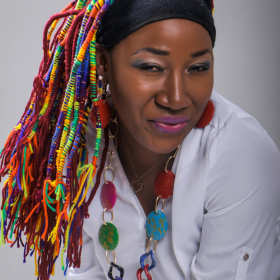
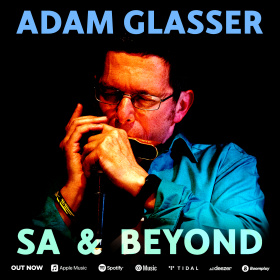

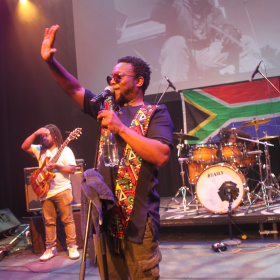

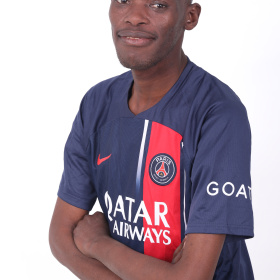

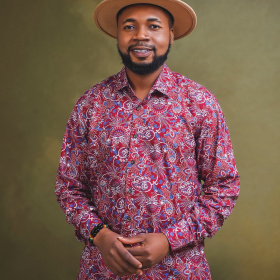


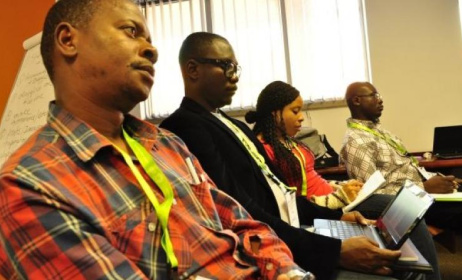






Comments
Log in or register to post comments